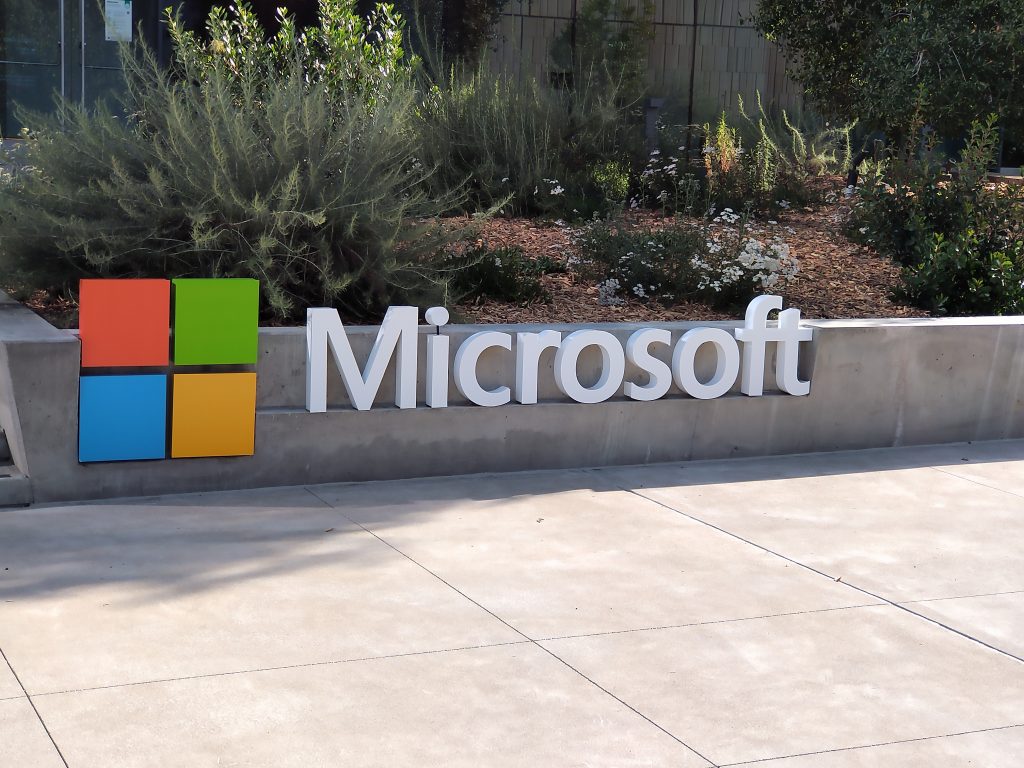Private 5G networks, used to drive the best value out of Internet of Things (IoT) sensors and the analytics they can generate, are a growing market in key industry verticals like manufacturing, retail, the health sector and government. Business technology journalist Antony Savvas looks at some interesting on-demand business developments in the area.
Infosys
Global IT consulting and services firm Infosys is rolling out its Private 5G as-a-service offering to enterprises worldwide. It delivers a “simple and flexible” pay-as-you-go solution for clients, says the provider, with this on-demand formula perhaps encouraging those organisations best placed to benefit from private 5G trying it out with relatively little up-front cost.

“Infosys’ wireless 5G expertise and its Private Network Management solution ensure high bandwidth, low latency and reliable wireless connectivity for enterprises,” promises the firm.
The service is customised to the specific needs of clients and is implemented in an “agile” manner. To reduce the complexity of deployment, Infosys has pre-integrated the 5G stack from multiple product vendors and tested it against different use case requirements.
Private 5G as-a-service incorporates multi-access edge computing (MEC), which reduces network lag by minimising the time required for data processing, by going through the edge instead of relying on distant cloud data centres.
“This solution brings together years of industry expertise through pre-integrated verticalised business solutions, modular architecture and an extensive partner ecosystem, to help enterprises evolve their existing operating environments and tap into future business opportunities,” says Mukesh Dialani, an analyst at IDC.
HPE
Mark Colaluca, vice president and general manager of the communication technology group at HPE, adds: “Enterprises see private 5G as an enabler for their digital transformation, and the Infosys approach of vertically aligned pre-integrated business solutions can accelerate 5G adoption. We are working with Infosys through combining our private 5G solutions with their as-a-service offering and pre-integrated use-cases for faster customer value realisation.”

The HPE on-demand private 5G offering has also just got wider after last week’s announcement that it was acquiring Athonet, a private mobile network technology provider that supports both enterprises and communications service providers (CSPs).
Based in Vicenza, Italy, Athonet has more than 15 years of experience delivering 4G and 5G mobile solutions to mobile operators, hospitals, airports, transportation ports, utilities, the government sector and public safety organisations.
HPE said it would be offering Athonet’s technology through its HPE GreenLake as-a-service platform, one of the fastest growing business units in the company, according to the company’s quarterly results posted last week.
Athonet will be offered as a single monthly subscription, combining Wi-Fi and private 5G connectivity, with no up-front capital expenditure required. “Flexible consumption options, including HPE’s networking as-a-service, mean private 5G networks can be deployed with reduced risk, little up-front investment and scaled according to demand,” says HPE.
Fujitsu

Also weighing in for the on-demand private 5G space is Fujitsu, through a key alliance with Microsoft. They have been working together in a series of trials in Japan to connect the Japanese company’s 5G network technology with Microsoft Azure’s private MEC platform.
The platform being developed can “flex” as network and application loads fluctuate, without the need for complicated configuration and management, they say.
The aforementioned trials have now been extended to the UK, with more planned at Fujitsu’s facility in Birmingham, West Midlands.
Bell
Bell and Google Cloud are also working together to explore how 5G and mobile edge computing can power new business in manufacturing, healthcare, retail and government, with on-demand private 5G a key focus to attract interest.

News of the expanded partnership between the two came as Google announced new products for CSPs, including Telecom Network Automation, Telecom Data Fabric and Telecom Subscriber Insights.
“Bell Canada is committed to building the best networks that meet the demands of 5G and beyond,” says Petri Lyytikainen, VP for enterprise architecture and smart core at Bell Canada. “Our partnership with Google Cloud advances our goal to fully automate our hybrid 5G core implementation, with control functions over Google Kubernetes Engine (GKE) and Google Distributed Cloud Edge.”
Open ecosystem
As these predominantly software-based developments come to the surface, and as the telco industry moves ever further into a software-defined one, it is also good to see mobile industry organisation the GSMA encourage the telco software ecosystem.
The new GSMA Open Gateway is a framework of universal network application programming interfaces (APIs), designed to provide easier access to operator networks for software developers.
The initiative has been launched with the support of 21 leading mobile network operators, and other major players. “This represents a big shift in the way the telecoms industry designs and delivers services in an API economy world,” says the GSMA. The likes of Telefónica, Orange, Vodafone, Microsoft, Ericsson, Amazon Web Services, Zoom and Vonage are among those backing the project.

GSMA Open Gateway APIs are defined, developed and published in CAMARA, the open source project for developers to access enhanced network capabilities, driven by the Linux Foundation in collaboration with the GSMA. Working in CAMARA, APIs between telcos and developers can be delivered quickly, using developer-friendly tools and software code.
The initiative launches with eight universal network APIs, including SIM Swap, QoD (quality of service on-demand), Device Status (connected or roaming status), Number Verify, Edge Site Selection and Routing, Number Verification (SMS 2FA), Carrier Billing (check out) and Device Location (verify location). Further APIs will be launched throughout 2023.
Examples of services supported include Edge Site Selection and Routing to support autonomous vehicles and Device Location for fleet management and incident reporting; SIM Swap to combat financial crime; and QoD for drones, robotics, extended reality (XR) and immersive online gaming.
“By applying the concept of interconnection for operators to the API economy, developers can utilise technology once, for services such as identity, cyber security or billing, but with the potential to be integrated with every operator worldwide. This is a profound change in the way we design and deliver services,” says Mats Granryd, director general of the GSMA.
“In 1987, representatives from 13 countries worked together to harmonise mobile voice services and enable roaming, and I believe that 35 years on, GSMA Open Gateway has the potential to deliver a similar impact for digital services.”

That’s some aim, but with big names behind the project, it’s clearly very deliverable.
The author is Antony Savvas, a global freelance business technology journalist.
Comment on this article below or via Twitter: @VanillaPlus OR @jcvplus






